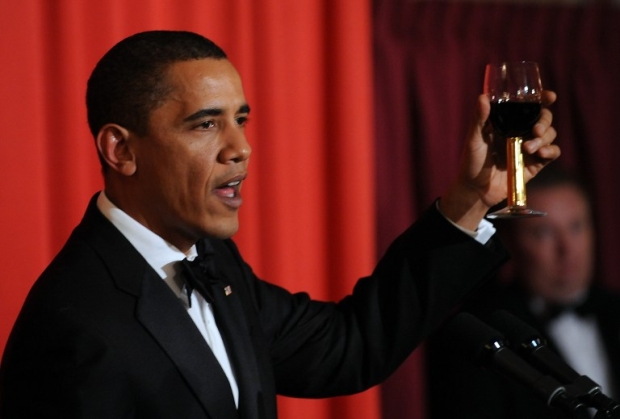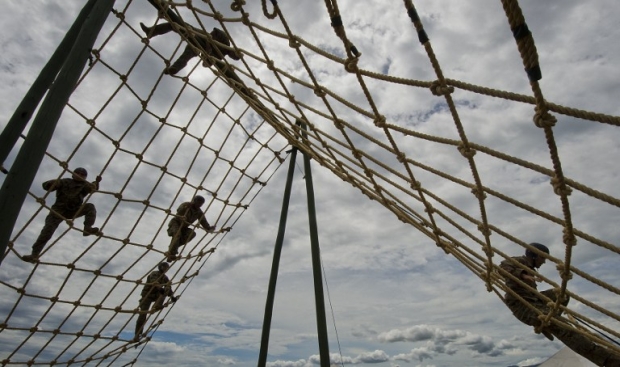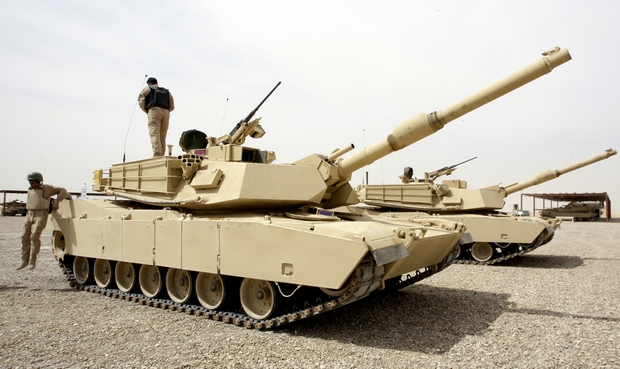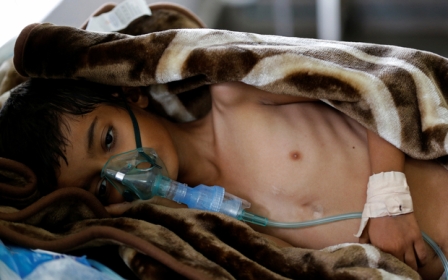Barack Obama's legacy: Warrior in the shadows
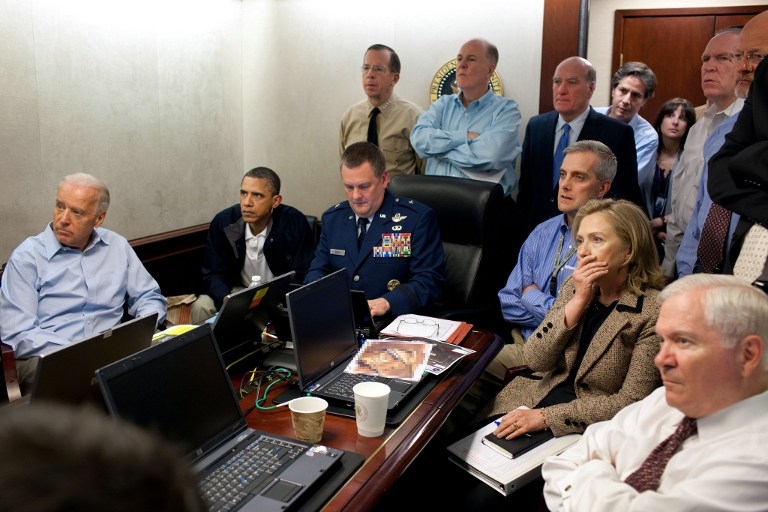
In 2009, a few scant months after winning the presidency, Barack Obama was awarded the Nobel Peace Prize for "his extraordinary efforts to strengthen international diplomacy and cooperation between peoples." It was a decision that surprised many and one that the then Nobel committee secretary, Geir Lundestad, later came to regret.
Rather than becoming the emissary for global peace that the Nobel committee naively believed he would be, Obama became the warrior president
"Even many of Obama's supporters believed that the prize was a mistake," Lundestad said in 2015, while promoting his memoir Secretary of Peace. He added somewhat ingenuously, "in that sense the committee didn't achieve what it had hoped for".
Well no, it certainly did not. And the truth of the matter is that Barack Obama, rather than becoming the emissary for global peace that the Nobel committee naively and foolishly believed he would be, became instead the warrior president.
It is a war that has helped to generate huge profits for the American arms industry. It is a war, we are told, that has killed thousands of terrorists but is responsible too for the deaths of thousands of civilians, many of them Yemeni victims of a brutal aerial campaign led by Saudi Arabia but supported with logistics and armaments supplied by the United States and the UK.
Gray Zone legacy
The careers of presidents and prime ministers are often seen through the prism of wars that they have led their countries into. George W Bush, like Tony Blair, will forever be tied to the Iraq war and, in that regard, Bush is seen as more warlike than President Obama.
In his eight years, Obama has authorised over 500 drone attacks, ten times the number Bush approved
But the facts rather belie that narrative. Bush authorised 50 drone strikes during his two terms. The strikes accounted for the death of nearly 300 terrorists and almost 200 civilians. In his eight years, Obama has authorised over 500 drone attacks, 10 times the number Bush approved. He has succeeded in killing 3,040 terrorists and 391 civilians, though it is hard, really, in the fog of drone strikes to know how the Pentagon arrived with such precision at those figures.
The killing of Osama bin Laden is one such example. We know about it because the president and his handlers went very public on the raid, chiefly to answer critics’ claims that under his leadership the US had gone soft on terrorists.
And there are many more that we do not know about or, as is the case in the Mosul offensive, we know next to nothing about. But that is the kind of war that Barack Obama chose to fight almost from the moment he became president and judging from the bin Laden hit, it is warfare that he takes no small satisfaction in commanding.
Good business
And while he was approving and conducting a policy of clandestine warfare and war via proxy, America was selling vast quantities of weapons to the Middle East. Again the figures are revealing. In the eight years that Obama was in the Oval office, his administration approved $278bn of arms sales much of it to its allies in the region, with the Saudis, at $115bn, being by far the biggest customer.
That figure of $278bn is more than double the amount that was approved by Bush. Since the end of the Second World War, US weapons export sales have averaged $11bn annually. And in every year of the Obama presidency, weapons sales have exceeded that figure, often by a substantial amount.
Indeed as Americans were going to the polls on 8 November, the Pentagon announced that it had approved $33.6bn in arms sales in 2016 which doesn't include fighter jets deals with Kuwait, Qatar and Bahrain, expected to exceed $7bn.
In the same way the conflicts in this region are seemingly endless, Obama, the Iran nuclear deal aside, has spent precious little time attempting to resolve them with the art of diplomacy. If anything, he abandoned diplomatic solutions as he pivoted US foreign policy toward the Far East, attempting to contain China’s rising aspirations.
Grim regional prospects
So this most articulate and passionate of speakers, this erudite and thoughtful president is, in fact, no hesitant warrior but a man who embraced the art of war in the shadows, while merchandising sophisticated weaponry to a region that is the most volatile in the world and one that, while he has been president, has become increasingly unstable.
How reckless was it of him to enthusiastically encourage weapons sales with such zeal and so little restraint into such a dangerous neighbourhood?
How reckless was it of him to enthusiastically encourage weapons sales with such zeal and so little restraint into such a dangerous neighbourhood?
It is left to his successor, a man who appears to know virtually nothing about the Middle East, to either inherit the mantle of a warrior who fights in the shadows or to come out bristling with all guns blazing. Then again, Donald Trump may carry out the threat he made during the campaign to militarily withdraw from the region.
All of those options are now on the table and none promises much in the way of bringing peace to a region growing increasingly accustomed to a grim scenario of never-ending warfare.
- Bill Law is a Middle East analyst and a specialist in Gulf affairs. He tweets @billlaw49.
The views expressed in this article belong to the author and do not necessarily reflect the editorial policy of Middle East Eye.
Photo: On 2 May 2011, US President Barack Obama and Vice President Joe Biden, US Secretray of Defence Robert Gates and US Secretary of State Hillary Clinton, along with members of the national security team, receive an update on the mission against Osama bin Laden in the Situation Room of the White House (AFP)
New MEE newsletter: Jerusalem Dispatch
Sign up to get the latest insights and analysis on Israel-Palestine, alongside Turkey Unpacked and other MEE newsletters
Middle East Eye delivers independent and unrivalled coverage and analysis of the Middle East, North Africa and beyond. To learn more about republishing this content and the associated fees, please fill out this form. More about MEE can be found here.



